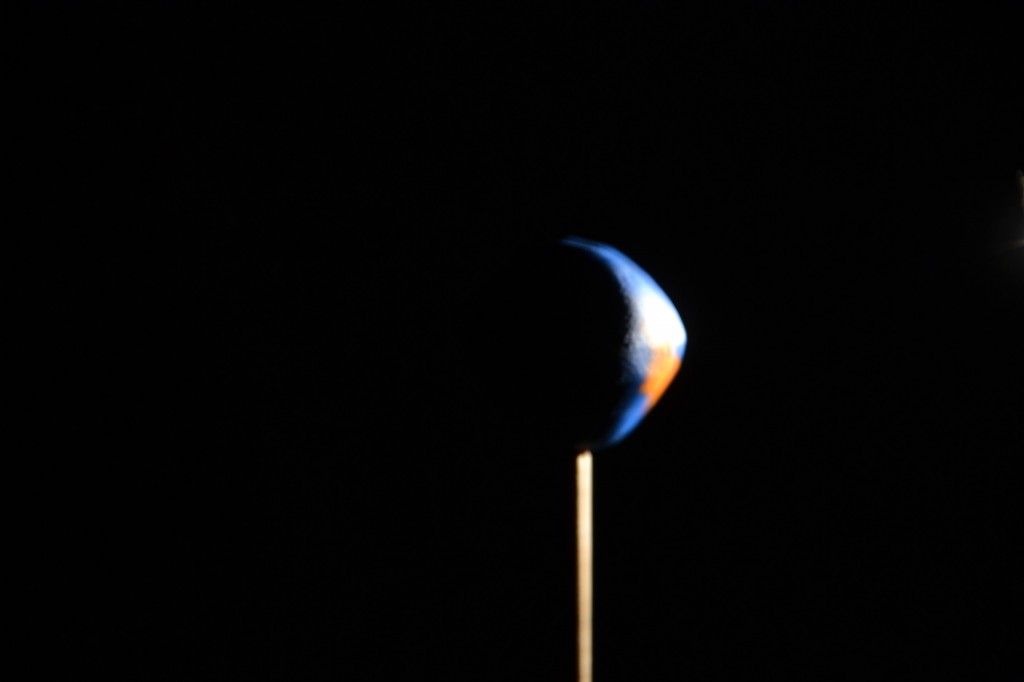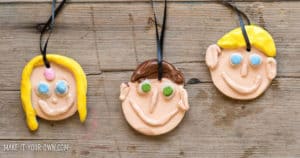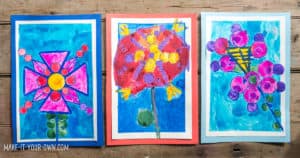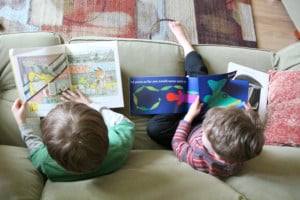Why does the sun set? Why do we have night and day? We are proud to have Emma from Science Sparks guest posting on Let's Lasso the Moon today. Science Sparks is a blog full of fun and easy science based activities for young children. Pop on over and take a look around if you haven't already.
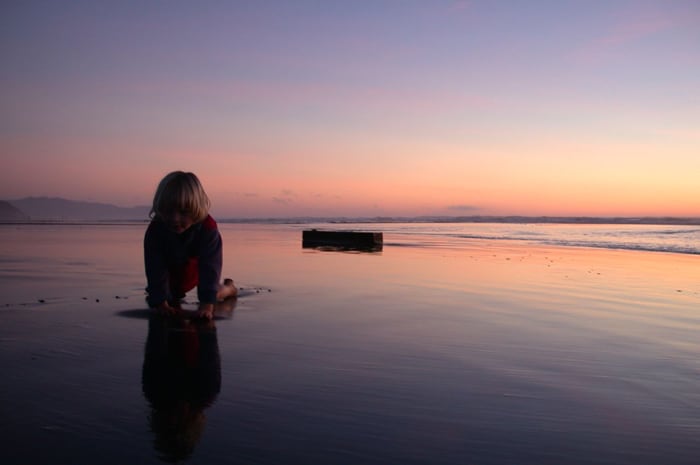
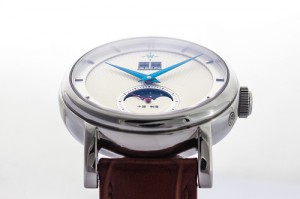 My husband travels with work quite frequently and
My husband travels with work quite frequently and
every time he is away my little boy asks me constantly,
"What time is it where Daddy is?"
This simple investigation demonstrates
why we have night and day.
Materials
- Plasticine or Play-dough
- A wooden skewer
- Flashlight
Instructions
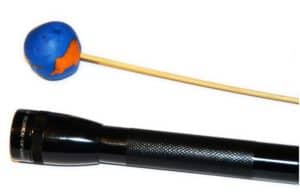 Use the plasticine to make a ball, this will be Earth.
Use the plasticine to make a ball, this will be Earth.- Place the skewer into the bottom of the ball.
- You can then either hold the skewer or use another bit of plasticine to stand it in.
- Strictly speaking the 'Earth' should be positioned at a slight angle.
- Make the room dark and shine the flashlight at Earth while slowly rotating it.
The flashlight represents the sun. Ask your child, "Can you see that only one side of the ball is in the light and the other remains dark?" Explain that on one side of the Earth it is daytime and the other night. The Earth rotates once a day, which is why some of each day is light and some dark.
Did you know? For 6 months of a year the North Pole is dark while the South Pole is light and then vice versa for the other 6 months of a year. The 6 month long night is called a Polar Night and the day a Polar Day (This is because of the tilt we mentioned earlier).
Below find six additional family-friendly experiment. Click on a question or image below:
- What makes Popping Candy pop?
- Can you get an egg yolk out of a shell without cracking it?
- How do you make a snow volcano?
- Can pinecones forecast the weather?
- How tall is that tree?
- How do you put a skewer through a balloon?
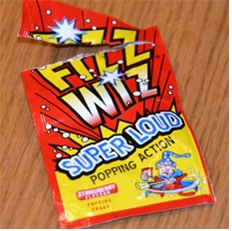 |
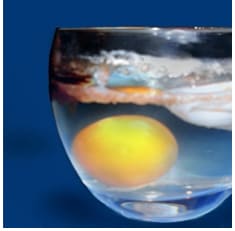 |
 |
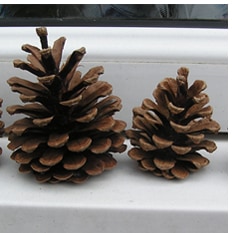 |
 |
 |
Questions about the explaining night and day? Let's chat in the comments.
![]()

About Emma Vanstone
Emma is one of the primary authors of Science Sparks. She and her blogging partner Kerry Farrow create easy-to-do experiment that only use equipment and materials commonly found around the home. They have activity ideas for even the smallest of children! The opportunities even just at home really are endless.
Find Emma online at: Blog | Pinterest | Google+ | Facebook | Twitter
![]()
Image Credits: Thank you Kevin Krejci (Driftwood) & Guy Sie (Watch) for sharing their photos under Creative Commons via Flick.
 |
 |
 |
 |
 |
|
 |
|||||
Pin it:


